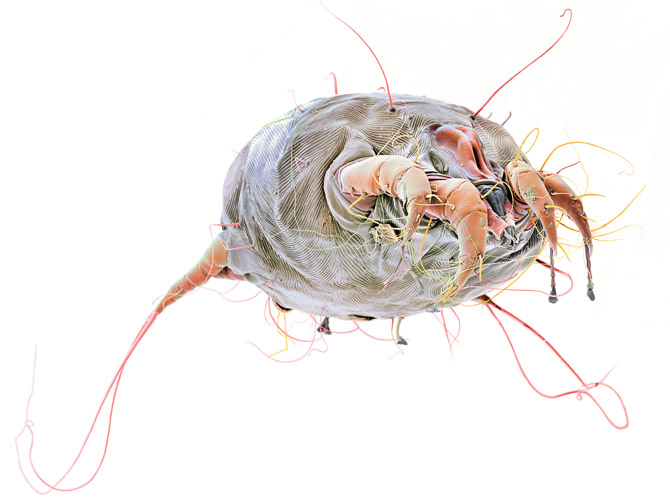Mighty Mites
They hide in your bed and breed on your face. They're smaller than the period at the end of this sentence.
Published 10 years ago
They hide in your bed and breed on your face. They're smaller than the period at the end of this sentence.













